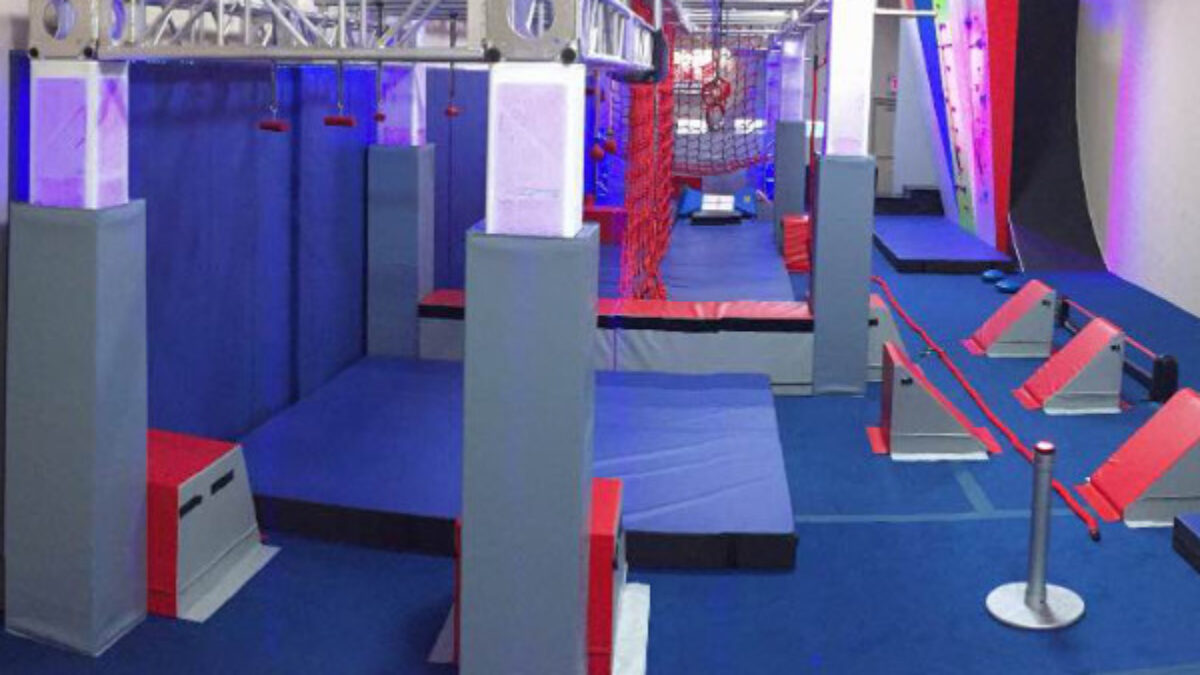Foam is often used in protective athletics applications that include padding, landing mats, and a variety of protective shapes and obstacles used in gyms. The material is ideal for athletic applications because of its inherent properties, the most obvious being its protective shock absorbing properties. But there are many other reasons why foam is a good material for athletic applications.
Antimicrobial—Mold, Mildew, and Bacteria Resistant
Foam is an absorbent material, particularly open-cell varieties. When you combine that with athletics applications—where sweat, blood, and saliva are highly common—you’ll need a material that is able to withstand the retention of water. While many varieties of closed-cell foam are naturally resistant to moisture, polyurethane—an open-cell foam commonly used in athletics—is not. Thankfully, there are varieties of polyurethane that can be treated with additives during the polymerization process to create a piece of foam that actively resists the growth of bacteria and mold. The additive becomes a permanent part of the cellular structure of the foam, lasting the lifetime of the product.
Tensile Strength and Tear Resistance
Whether the foam is being used in athletic padding or in landing mats, tear strength is needed to prevent damage to the foam piece. Both tensile strength and tear resistance will measure this capability. Tensile strength measures how much (how large of a load) the foam material can withstand before it stretches and eventually breaks. Tear resistance measures the piece of foam’s ability to withstand pulling apart after a tear has been introduced to the material. It measures the tear growth of foam, rather than its initial breaking point.
Compression Set
Compression set measures a piece of foam’s ability to rebound after a force is applied to it. It measures how much the foam does not rebound, meaning that a high compression set percentage will tell you that a piece of foam will stay compressed after a force has been applied to it. A low compression set percentage will tell you that the foam will mostly return to its original shape.
Why does compression set matter for foam in athletic applications? Because compression is common in athletic foam products. From mats to athletic foam shapes and obstacles (gymnastics wedges, etc.), these products are consistently subjected to the body weight of the athletes who use them. It’s important to have a piece of foam that can withstand these consistent forces and impacts while maintaining its original shape for years.
Is Open or Closed Cell Foam Better for Athletic Applications?
This depends heavily on the use of the foam within an application. Some athletic applications like wrestling mats require closed cell foams like PVC Rubber Nitrile foam or cross-linked polyethylene foam because the material is shock absorbent and waterproof. Other applications like athletic padding and gymnastics wedges are better served with an open-cell polyurethane foam, which is then covered with a waterproof vinyl surface.
Need athletic foam for your products? Get in touch with the foam experts at Amcon today.


